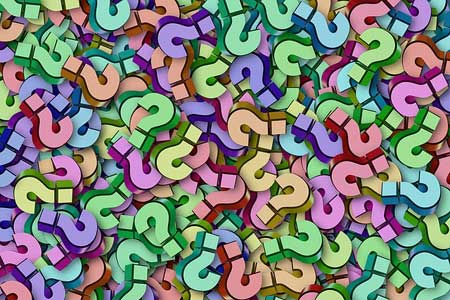Today's Newsletter: Teaching in a “Post Truth” World

Guest post by Steven Baule, Superintendent at Muncie Community Schools, Indiana: As it appears that we still live in a “post-truth world” according to a recent Forbes article, we need to learn that expertise and authoritative sources no longer always hold sway. Educators need to spend even more focus on educating students how to critically evaluate information sources. Some good resources include Kathy Schlock’s Guide to Everything, which includes critical evaluation resources, this recent NY Times guide for evaluating news sources for teachers, this 2015 Fake V. Real News post, and this TEDEd lesson. ISTE’s Standards for Students include the critical evaluation of materials in several places.
We are often frustrated when others cannot understand our perspective, but as our world becomes more interconnected, it becomes even more essential to learn to critically understand the perceptions and biases of others and try to make decisions based upon facts. Take, for example, one really simple “fact” to show that there are multiple ways of interpreting it. Shortly, we are about to embark on the year 2018 according to my Google Calendar. However, many people around the world would argue 2018 is the wrong date. The Japanese are currently in Heisei 29 based upon the reign of the current emperor. The Korean calendar is in year 4350, and the Islamic calendar is in year 1439. The Buddhist calendar shows 2561 currently. That is without even considering the issues surrounding the use of Anno Domini (AD) v. Common Era (CE).
Tools and ideas to transform education. Sign up below.
